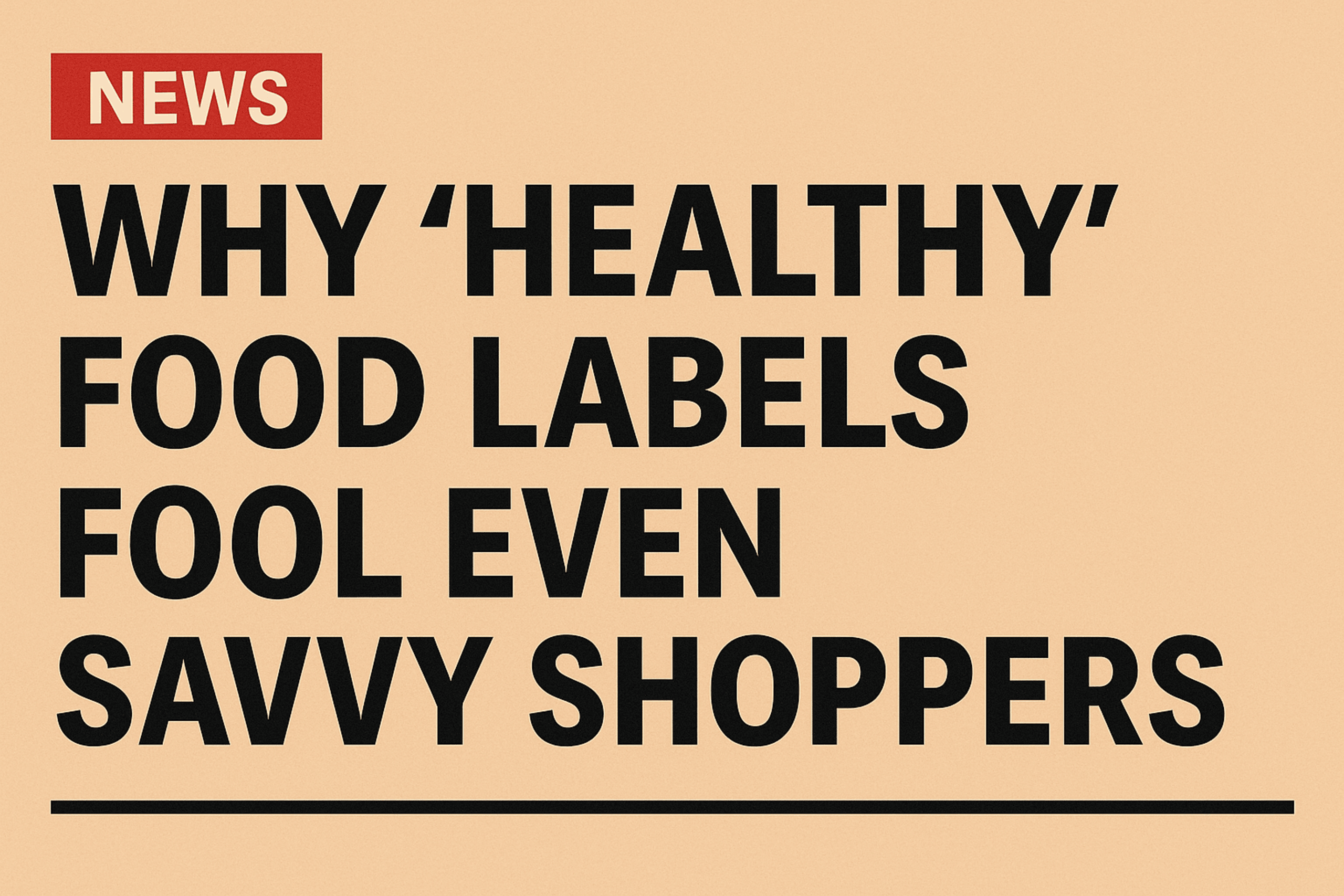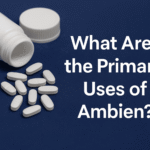You’re walking through the grocery store, aiming to make better choices. You reach for a box labeled “All Natural,” “No Sugar Added,” or “Heart-Healthy.” It feels like the right move. But here’s the catch — many of these so-called “healthy” foods might not be as nutritious as they seem. In fact, even the most health-conscious shoppers are being misled.
🧠 The Psychology Behind Health Labels
Food companies understand human behavior. When we see certain buzzwords — organic, gluten-free, low-fat — we automatically associate them with good health. This is called the “health halo” effect. One positive-sounding label makes us believe the whole product is better for us than it actually is.
🛑 Example: A granola bar may scream “100% natural” and “whole grains,” but still pack more sugar than a candy bar.
🔍 Misleading Labels to Watch Out For
Here are some of the most common labels that often trick even savvy shoppers:
- “All Natural” – There’s no strict regulation behind this term. A product can contain artificial preservatives or be heavily processed and still be called “natural.”
- “No Sugar Added” – Doesn’t mean sugar-free. It may still have high natural sugar content or artificial sweeteners.
- “Multigrain” – Sounds healthy, but unless it says “whole grain,” it might just be refined grains in disguise.
- “Light” or “Low-Fat” – Often loaded with extra sugar or additives to boost flavor.
- “Organic” – A food labeled organic can still be high in calories, sugar, or fat. Organic junk food is still junk food.
📊 The Real Impact on Diets
According to a study by the Journal of the Academy of Nutrition and Dietetics, people tend to eat more of a product when it’s labeled as “healthy,” underestimating its calorie count. This false confidence often leads to overeating and sabotaged diets.
🗣️ “When something is labeled ‘healthy,’ consumers often let their guard down. They eat more, read labels less, and assume it’s good for them,” says Dr. Maria Lopez, a nutrition researcher.
✅ How to Outsmart the Labels
Here’s how to avoid being tricked by misleading marketing:
- Read the nutrition facts — not just the front of the package.
- Check ingredient lists — fewer, whole ingredients are usually better.
- Watch serving sizes — a “low-calorie” food might be based on a tiny portion.
- Compare products — don’t assume the brand that looks healthier is healthier.
- Look for certifications like USDA Organic, Non-GMO, or Heart-Check symbols from the American Heart Association.
🧾 Final Word
Marketing tricks are everywhere in the food industry. Even educated, health-conscious shoppers fall for labels that seem trustworthy. The best way to protect yourself is to be informed, skeptical, and label-savvy. Don’t let a feel-good phrase on a box replace what really matters: what’s inside the box.
🛒 What’s the most misleading label you’ve ever fallen for? Share your story in the comments below.


